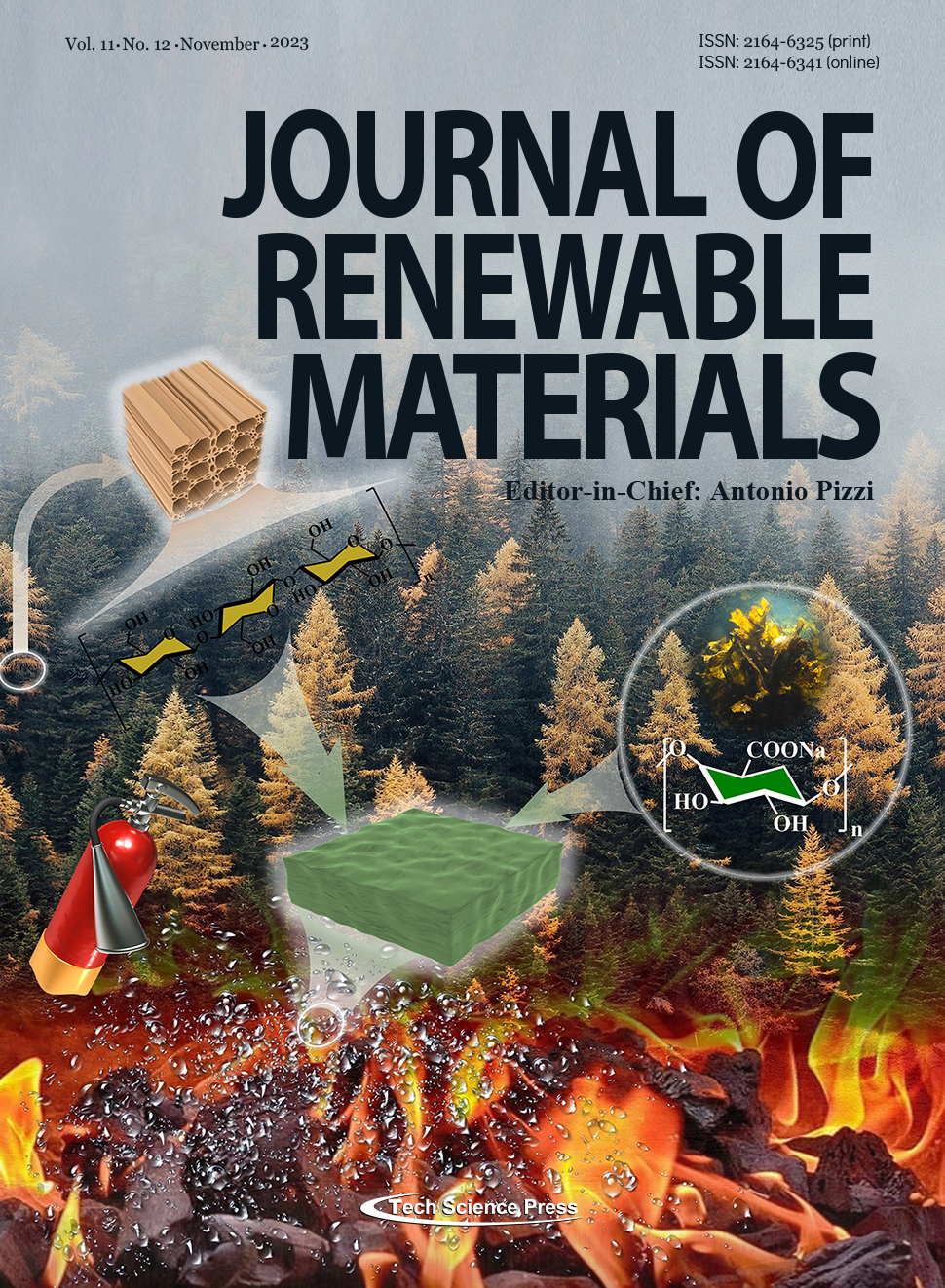Nigerian Biomass for Bioenergy Applications: A Review on the Potential and Challenges
Adekunle A. Adeleke1,*, Nzerem Petrus2, Salihu Ayuba2, Asmau M. Yahya2, Peter P. Ikubanni3, Ikechuckwu S. Okafor2, Stephen S. Emmanuel4, Adebayo I. Olosho4, Ademidun A. Adesibikan4
Journal of Renewable Materials, Vol.11, No.12, pp. 4123-4141, 2023, DOI:10.32604/jrm.2023.043915
- 10 November 2023
Abstract Nigeria, often referred to as “the giant of Africa,” boasts a sizable population, a thriving economy, and abundant
energy resources. Nevertheless, Nigeria has yet to fully harness its renewable energy potential, despite its enormous capacity in this field. The goal of this review paper is to thoroughly examine the difficulties and untapped
opportunities in utilizing biomass for bioenergy production in Nigeria. Notably, Nigeria generates substantial
volumes of biomass annually, primarily in the form of agricultural waste, which is often either discarded or
burned inefficiently, resulting in significant ecological and environmental damage. Therefore, an efficient
approach… More >
Graphic Abstract
